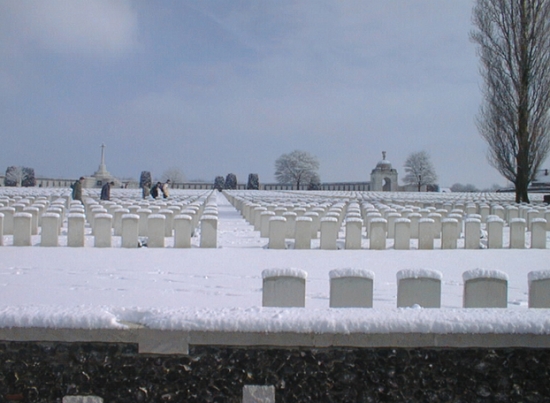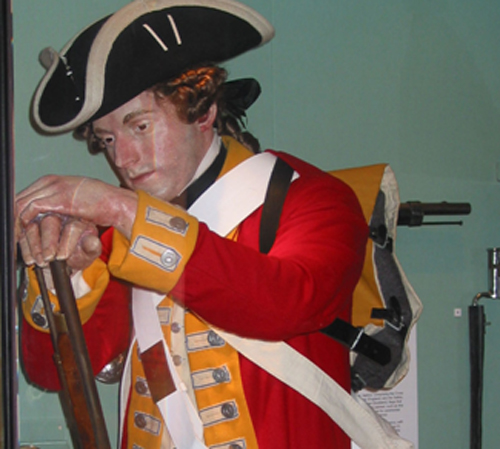A8: Using your local war memorial
I have often looked at the War Memorial in the chapel in my village. It's only a tiny village - a hamlet really - there are only about 50 houses there even today - and seen the two names on the memorial, and wondered who they were, where they are buried, what happened to them. Well, by using the web, it is possible to find out a great deal about them.
If you look carefully at the photo of the War Memorial in Little Hale Methodist Chapel, there are several clues to help us discover more about these two soldiers. Their names, and date and place of death are there, but also the top corners of the Memorial tell us they were in the Lincolnshire Regiment. The badge at the centre top says ‘Egypt'. Why, I wondered?
The Commonwealth War Graves Commission maintains the graves of all soldiers killed since 1914, so the first place to look is their web site: (http://www.cwgc.org/). Go to the Register, and insert the details for F. Garrill; the year of his death, (1915) and the Force he served in (Army.) Immediately we find his details from the Register, his parents and the place where he lived, and the place he is buried - the Helles Monument, in Turkey. What was Fred Garrill doing there in 1915?
Return to the Commonwealth War Graves Commission site and this time put John William Ward into the search. Using the name as written on the Memorial finds no matches, but try again, this time using the initials J.W. This shows two Wards who were members of the Lincolnshire Regiment killed very close together in 1917, both with the same initials. One, a Private, came from Doncaster, whereas the other, a Corporal, must be our John William Ward, because he came from Little Hale, the village where I live. I discovered he is commemorated at the Tyne Cot Memorial, in Belgium. He was killed at the Third Battle of Ypres, or Passchendale as we also call it. Tyne Cot is the largest British Military Cemetery in the world.

[Tyne Cot cemetery]
There is one final search I made. I tried to find out more about the Lincolnshire Regiment, the Regiment both soldiers served in. I searched for ‘Lincolnshire+Regiment',
www.armynavyairforce.co.uk/lincolnshire_regiment.htm gives a history of the regiment in Victorian times.
www.1914-1918.net/lincolns.htm is a brief history of the regiment in WW1.
www.royalanglianmuseum.org.uk/lincolnshire.html gives a brief timeline of the regiment, as a starting point for further research.
http://lincsregiment.tripod.com/ gives an unofficial history of the regiment, even if the music does become annoying!
I discovered the Regiment was founded in 1685, and the badge on the War Memorial, ‘Egypt,' refers to a battle honour granted to the Regiment in 1801, one of England's great victories over Napoleon. I also discovered the regiment's nickname is ‘the Poachers,' as their Regimental March is the Lincolnshire Poacher!

(photo taken at the Regimental Museum, the Museum of Lincolnshire Life)
So you see, with a little help from the internet, I have been able to find out a great deal about these two soldiers who left their tiny little Lincolnshire village to fight in World War One, and who never returned. Why don't you try to do the same for the names on your own local War Memorial. Each village has one, and with a little time spent searching the www, you might be amazed at what you can discover.
Attached files:
- History1A8LocalWarMemorial.pdf
4.68 MB PDF document

